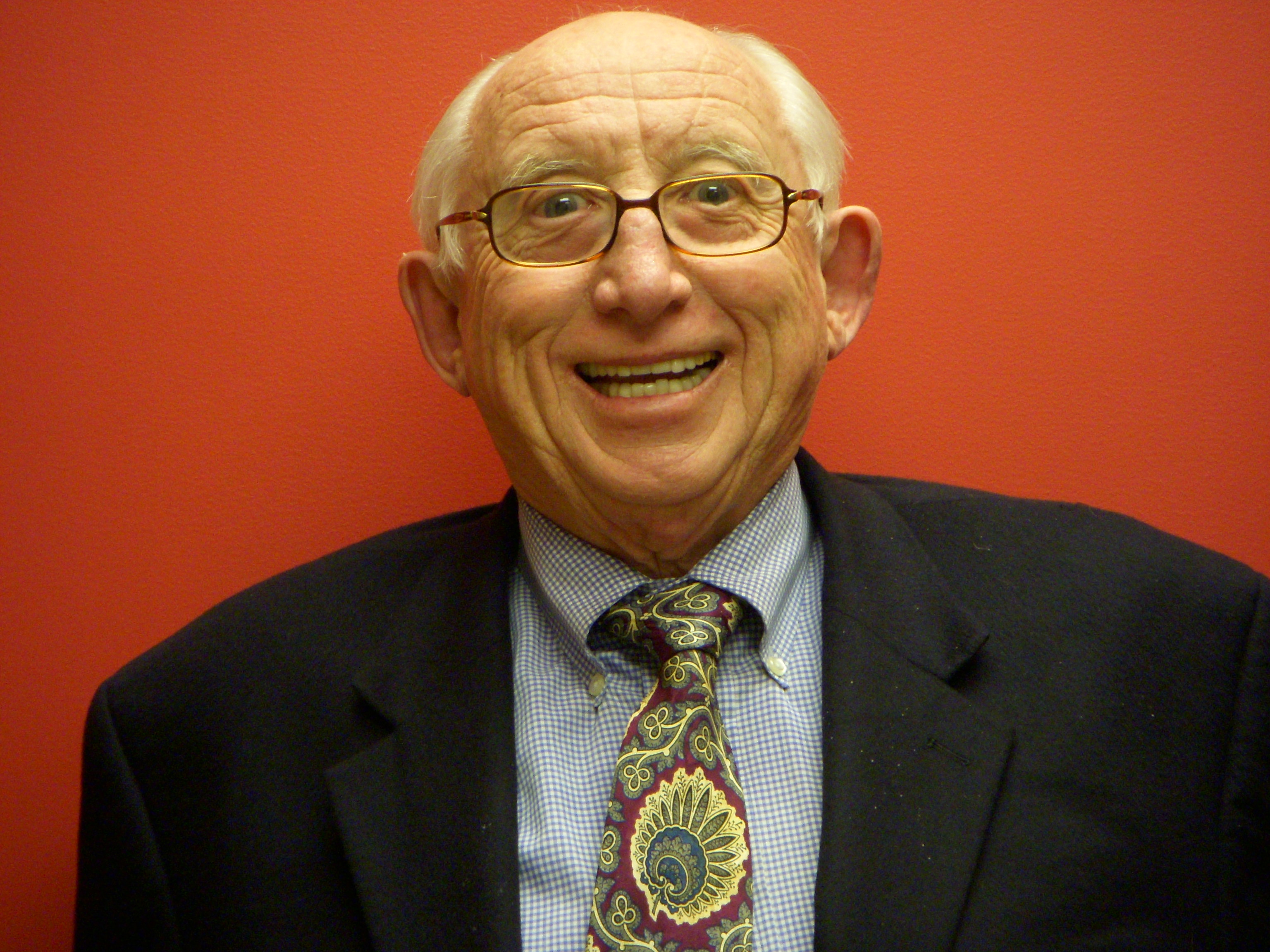In the 1960s, even to an old union man like myself, British newspaper
unions had reached a point at which they were a threat not only to the
newspaper industry, but also to the freedom of the press itself.
It took someone as ruthless and sociopathic as the unions to find a way to
break their hold. That man was Rupert Murdoch and he did it with
outstanding courage, cheek and military-like planning.
In theory, the deal was simple: If the unions would not behave in the
workplace, he, the proprietor, would move the workplace.
In today’s world, this sounds easy. But in those days, trade union rights
were regarded as inviolable. A blow against one union was a blow against
all unions. “Solidarity,” in union speak, was awesome.
Yet Murdoch set out to leave London’s Fleet Street; then the physical home
of nearly all of Britain’s national papers, now the metaphorical home of
British journalism.
In secret Murdoch built the most modern printing plant of its day in
Wapping, the old dock area in the East End of London. He surrounded it with
razor wire and prison-like defenses and secretly recruited new workers
from the areas of Britain with the highest unemployment.
Nothing so bold had ever happened in British industrial relations.
To get the operation rolling, Murdoch made demands of the National
Graphical Association — the most militant of the unions — on
computerization. The union did not want journalists touching computers,
and they wanted no changes in the antiquated machinery that they used.
Strikes were frequent and often unofficial: The workers just downed tools
over almost always imagined grievances. Then they started censoring the
newspapers: They would not print newspapers with editorial material they
disapproved of. Production was said to be “lost.” This euphemism meant
that the newspapers never appeared in some markets.
If a newspaper were to run a story about communist penetration of the
unions, which was rife, the printers censored it. Sometimes they allowed a
blank space to appear, and sometimes the paper had to withdraw the
offending-but-accurate report to get printed at all.
With planning worthy of a great general, Murdoch orchestrated the move to
Wapping and sprung it on the country as a fait accompli in late January
1986. The journalists, who belonged to a less belligerent union, the
National Union of Journalists, were divided. Some “went to Wapping,”
others quit.
All of Murdoch’s titles moved, including the weekly News of the World, The
Sun, a daily, and the venerable Times and Sunday Times. Five thousand
old-line workers were sacked for honoring what the unions said was a
provoked strike.
But the press was saved, and Murdoch saved it. All the newspapers made it
to fight another day.
The unions had become arrogant, thuggish and sociopathic. They did not
care about the principles of a free press, the illogic of their Luddism or
the greater harm to society. Power and money was their thing, and they had
power: power to boss the bosses, power to set the number of workers who
worked each night, and increasingly power to determine what was printed.
Lord Rothermere, one of Britain’s newspaper barons, was once asked, “How
many people does it take to produce The Daily Mail?” His lordship replied,
“About one quarter.”
The featherbedding was awesome. Some delivery drivers got paid by three
newspapers for delivering papers when they were, in fact, working
somewhere else altogether.
So there is a fine irony that the Murdoch’s News Corp. now stands accused
of many of the sins of the unions he disciplined: sociopathic arrogance; a
desire to control the news as well as cover it; and a thuggish corruption
that reached into the highest levels of at least three British
administrations, Thatcher, Blair and Cameron; and has brought low the
world’s largest and most storied police force, the Metropolitan Police,
known as Scotland Yard.
Murdoch’s many newspapers in England accumulated so much power that they
began to dictate the news, orchestrate policy and politicians came live in
awe of the power of the News Corp. apparatus to reveal people’s private
lives, delve into their finances, and have their careers boosted or
blunted by columnists and selective reporting.
Many years ago, before Murdoch established himself in Fleet Street, one of
its legendary characters, Harry Procter, wrote an angry memoir called
“Street of Shame.” Yes, indeed. — For the Hearst-New York Times Syndicate









